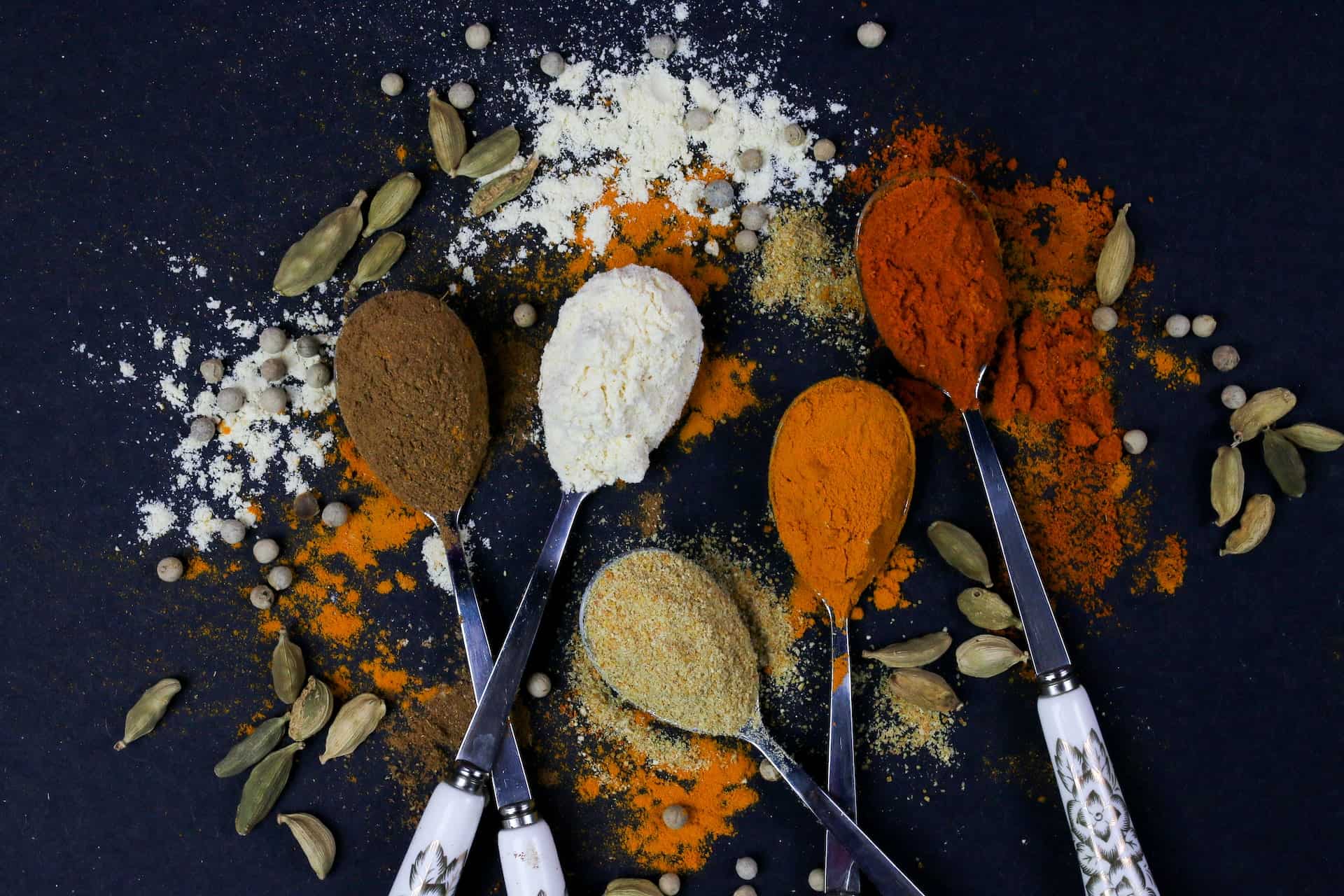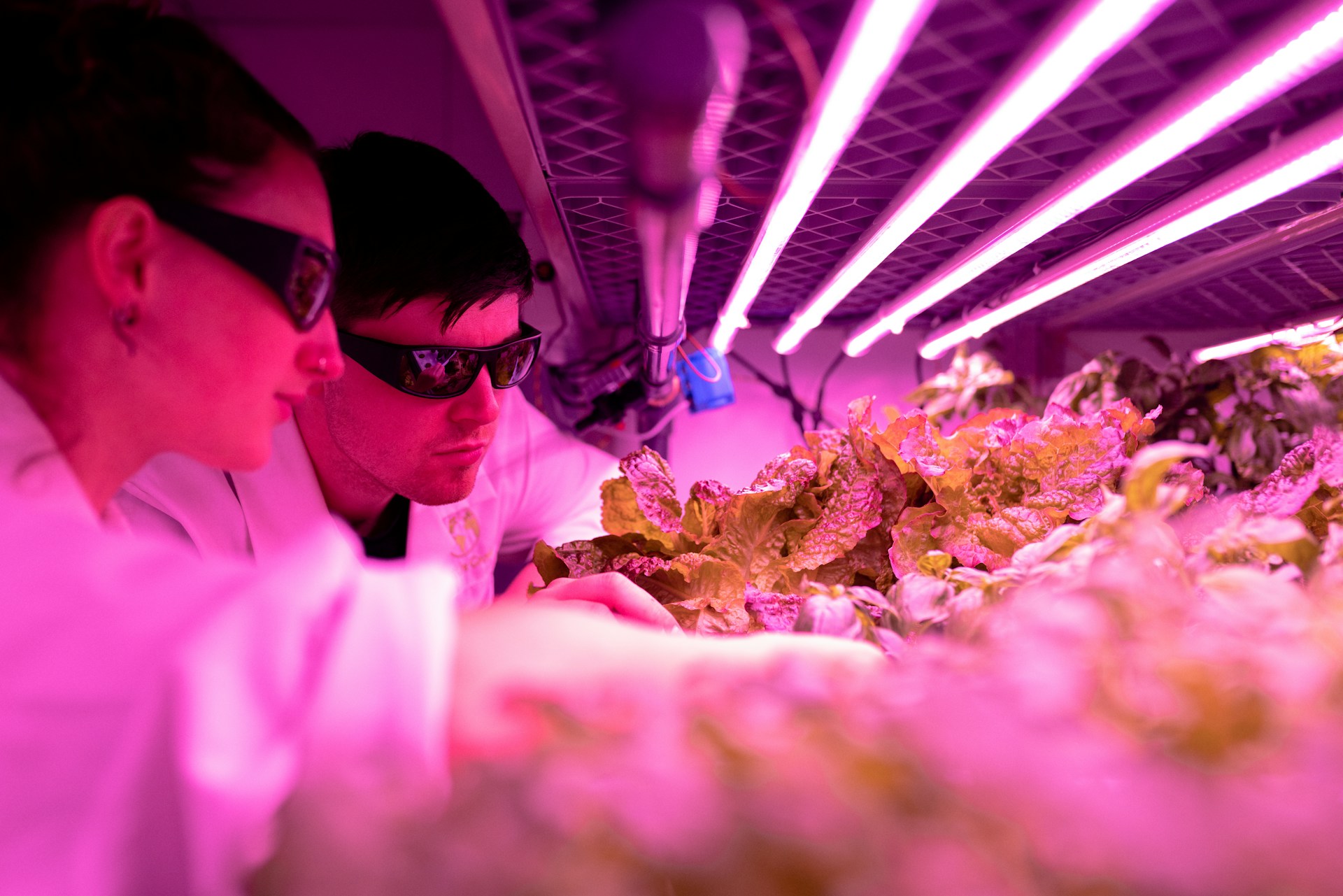
Food Ingredients and Their Surprisingly Broad Impacts
February 12, 2023 - Lou Farrell
Revolutionized is reader-supported. When you buy through links on our site, we may earn an affiliate commission. Learn more here.
People choose food ingredients to achieve specific textures, tastes and colors. However, they don’t always realize that what goes into cuisines can have further-reaching, and sometimes unintentional, impacts.
Fighting Climate Change
People often hear that reducing the impacts of climate change and contributing to a more sustainable future for the Earth are collective efforts. However, they often need help to get started. A team of international scientists recently conducted a study with results that suggested making a difference can happen by choosing certain ingredients during grocery shopping trips.
They studied the environmental impacts of 57,000 readily available food products. One notable takeaway was that beef and lamb cause the highest planetary burdens and have far more significant effects than other protein sources. Sodas and processed drinks were at the other end of the spectrum, having impacts similar to rice and flatbreads.
The researchers also learned which diets are both environmentally friendly and healthy. They cited Mediterranean, pescatarian and vegetarian as fitting that descriptor. However, that’s only true of pescatarian and vegetarian diets if people minimize their sugar and hydrogenated fats intake.
They hope this information will eventually become part of food labels. If that happens, people will have the details they need to make better choices for their bodies and the planet. Shoppers already study food ingredient lists and nutritional facts to avoid allergens and other undesirable attributes. It’s not a stretch to include more details on packages soon.
Getting Unintentional Chemicals When Eating Fast-Food Fare
An often-dispensed piece of nutritional advice is that people should avoid eating what they cannot pronounce. However, that’s an overly simplified statement. Everything consumable is a chemical in its natural state. Many individuals become surprised after learning bananas contain various naturally occurring, hard-to-pronounce chemicals.
Relatedly, numerous organizations exist to test human-made chemicals and ensure it’s safe for people to eat them. Such bodies have approved thousands of such food ingredients.
However, chemicals can often show up in food in an unexpected way. It happens because food safety rules often require people to handle consumable goods while wearing plastic gloves. Similarly, many foods come in plastic packages, and the associated chemicals in the wrapping leach into what people eat.
A George Washington University study found these realities mean people often eat plastic-related chemicals along with the food ingredients they expect. The team bought 64 items from fast-food restaurants and asked for three unused pairs of gloves. They tested all those things and tested them for chemicals, including those often used to soften plastic.
The results showed 81% of the food samples had a phthalate called DnBP, and 70% contained another called DEHP. Research elsewhere suggests these chemicals affect fertility and cause reproductive issues in humans. Moreover, data shows they cause learning, attention and behavior problems in kids.
Another finding was that chicken burritos and cheeseburgers had the highest amounts of the chemicals. Conversely, cheese pizzas had the lowest.
The researchers discussed how their findings indicated the need for increased scrutiny of food-handling processes and their unintended effects. They also noted that this issue may disproportionately affect minority groups. That’s because disadvantaged neighborhoods often have several fast-food outlets, but the people living there may find it more challenging to get fresh, healthy items to eat.
Raising the Likelihood of Adverse Health Outcomes
Many nutrition experts urge people to minimize their consumption of extremely processed foods. Those consumables are not wholly bad, however. Long-life shelf-stable foods may remain safe to eat for decades. They often contain lots of preservatives, but most people don’t mind that when trying to prepare for worst-case scenarios. However, it’s usually good advice to limit ultra-processed foods in daily diets.
Researchers in Brazil sought to understand how many premature and preventable deaths ultra-processed foods caused in Brazil during 2019. The results showed a link between those consumables and more than 10% of such deaths. That’s particularly worrying since Brazilians eat far fewer of those foods than residents of higher-income nations.
Another finding was that ultra-processed foods comprised 13 to 24% of participants’ overall intake during the study period. Relatedly, people have steadily increased their consumption of such foods, while eating fewer former staples like rice and beans.
Research conducted elsewhere about ultra-processed foods revealed a link to a higher dementia risk. However, a positive discovery was that replacing those items with healthier choices makes a person less likely to develop the condition.
These studies are good examples of how it’s often best to focus on moderation for every dietary choice. Viewing certain foods as “bad” or even dangerous can lead to disordered eating or mean that people unintentionally eat too many things with low nutritional value.
Increased Behavioral or Bodily Symptoms From Food Ingredients
Dyes are among the food ingredients that consistently get blamed for adverse effects. However, recent research suggests those complaints are not entirely unfounded. Dyes also have undeniable visual effects. Imagine a slice of rainbow cake with no color or a candy cane without its memorable stripes. However, some food manufacturers and those who cook at home must weigh the potential effects of these ingredients on the people who will eat them.
A 2021 report from the state of California confirmed a long-suspected connection between synthetic dyes and hyperactivity or other neurobehavioral issues in kids. The two-year study focused on seven manufactured approved food colorings.
One important conclusion from the research was that variations exist in how sensitive kids are to these food ingredients. Perhaps that’s why some parents continually mention how their children always become hyper after eating colorful foods while others don’t notice an effect.
More recently, McMaster University researchers revealed connections between a commonly used food dye and gastrointestinal symptoms. The team targeted Allura Red AC, a dye that adds color and texture to consumable items. They found that the food ingredient could exacerbate inflammatory bowel diseases, ulcerative colitis and Crohn’s disease.
More specifically, the dye is a direct disruptor of gut barrier function that increases serotonin production. The ingredient also changes gut microbiota composition and makes people more susceptible to ulcerative colitis.
However, it’s important to clarify that research is still underway about inflammatory bowel conditions and their causes. Scientists know that environmental factors, including the Western diet, are contributors. Further exploration of this matter will undoubtedly be instrumental in helping people choose foods that are less likely to exacerbate or trigger symptoms.
Food Ingredients Could Have Significant Impacts
Most people are already familiar with how certain food ingredients change how a food looks, tastes, smells or feels in the mouth. Those aspects are important because they can heavily influence someone’s overall experience and determine whether they make or eat a food again.
However, as these examples show, ingredients can also affect other factors, including some with potential long-term ramifications. Manufacturers and those that cook food for pleasure should stay abreast of these developments and make choices accordingly.
Revolutionized is reader-supported. When you buy through links on our site, we may earn an affiliate commission. Learn more here.
Author
Lou Farrell
Lou Farrell, Senior Editor, is a science and technology writer at Revolutionized, specializing in technological advancements and the impacts on the environment from new developments in the industry. He loves almost nothing more than writing, and enthusiastically tackles each new challenge in this ever-changing world. If not writing, he enjoys unwinding with some casual gaming, or a good sci-fi or fantasy novel.






